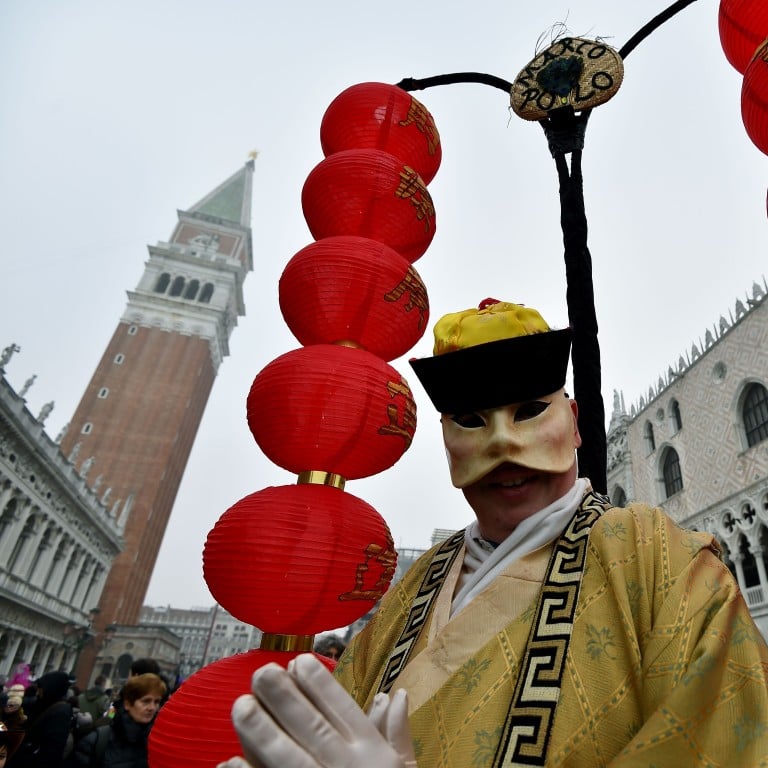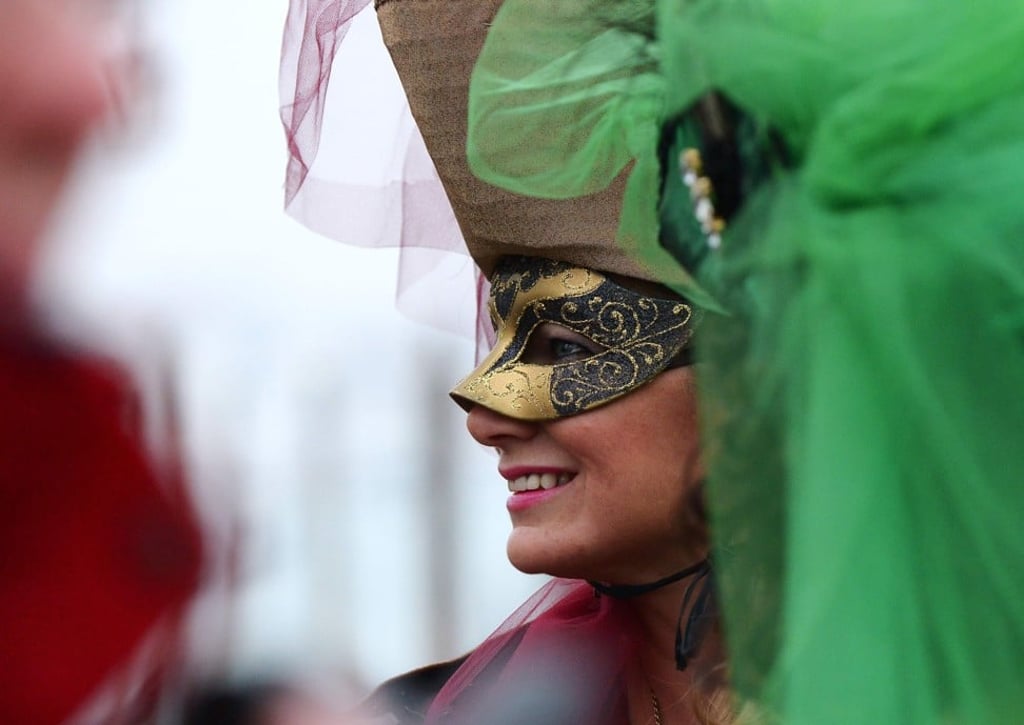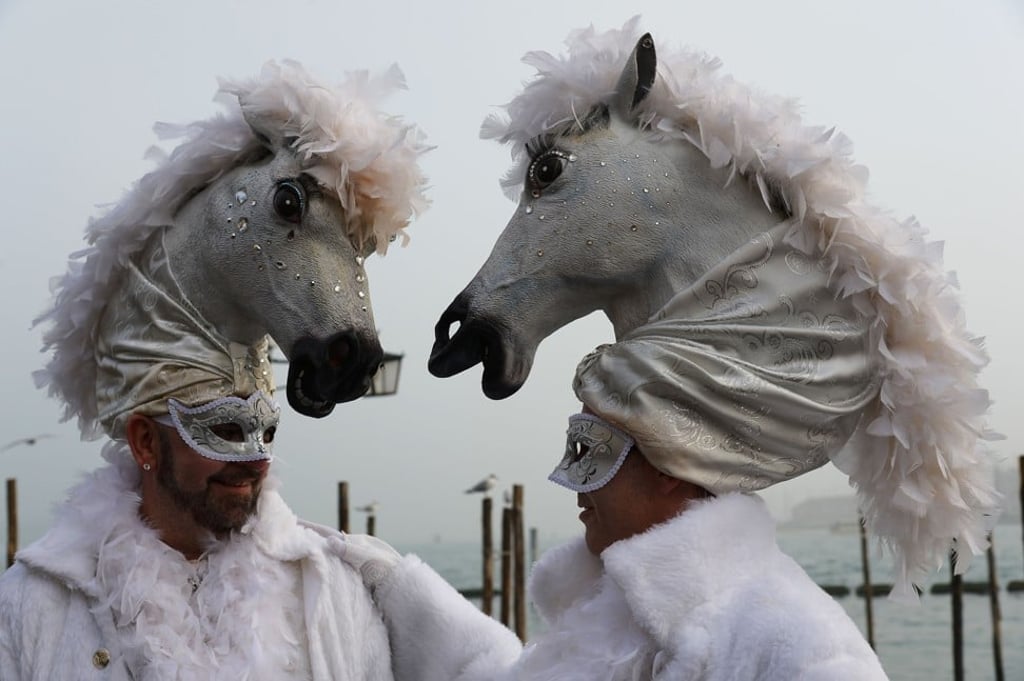How did Italy’s Venice Carnival start – and why all the scary masks?

Carnival in Venice, Italy, is often linked to funny and terrifying masks, along with pageantry, allegorical wagons, dancers and extravagant costumes
When one thinks of carnivals, Venice’s bright, picturesque masked festival is likely to pop into mind. First celebrated in the 11th century, it used to start on December 26 and ran for six whole weeks. Now it takes place in February and March.
Carnival however predates Venice. The origin of the term “carnival” stems from the Latin “carnem levare” – aka “farewell to meat” – to refer to Fat Tuesday, the last day when eating meat, considered an elite food, was still allowed before the start of the detox phase.
It flourished in the ancient classical world and is a trait of Mediterranean culture. “The Greeks had the Dionysus rites in honour of the god of wine where everyone would get drunk and exchange sex roles (men dressed as women and vice versa), while the Romans celebrated the Saturnalia and Bacchanalia festivals with overflowing wine, lavish meals and extreme sexual activity,” says Simonetta Nannini, professor of classical culture at Bologna University.

Carnival is often linked to funny and terrifying masks, along with pageantry, allegorical wagons, dancers and extravagant costumes. The masks were adopted at a much later stage in history, when man looked to ways to represent the personification of consciousness and subconscious impulses. And some masks are really off-the-wall.
“Despite its loudness and shiny trappings, carnival is one of the most complex and obscure festivals in human anthropology, strictly tied to the celebration of a topsy-turvy subversive world where chaos and transgression take over and momentarily annihilate the known order of things and the rule of law”, says Laura Faranda, anthropology professor at the Sapienza University of Rome.

The use of masks and costumes has helped people conceal their identity and act freely without fear of being recognised. Iconic masks, such as Pulcinella in Naples or Arlecchino in Bergamo, came to symbolise the gaiety and worldliness of human nature. In Rome, dangerous horse races were held along Via del Corso – aka the “run road” – where all the glossy boutiques are now located.
Carnival has always been the time to vent man’s vicious passions and animal instincts, an excuse to commit all sorts of mischief and crimes, including homicide.
It was a free pass to debauchery, the only period of the year when hard-working peasants, the bourgeois and aristocrats alike let go of their social status and became the protagonists of a topsy-turvy, utopian world where hierarchies were destroyed by illicit and immoral behaviour. Everyone became equal, while what was sacred turned into the profane.








